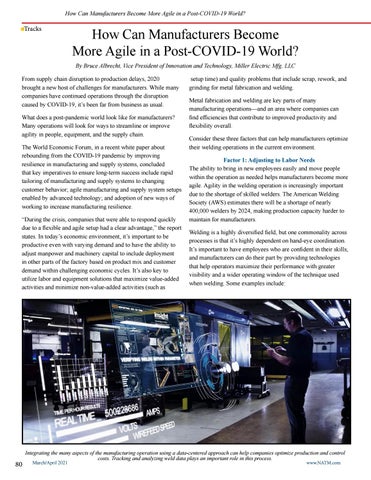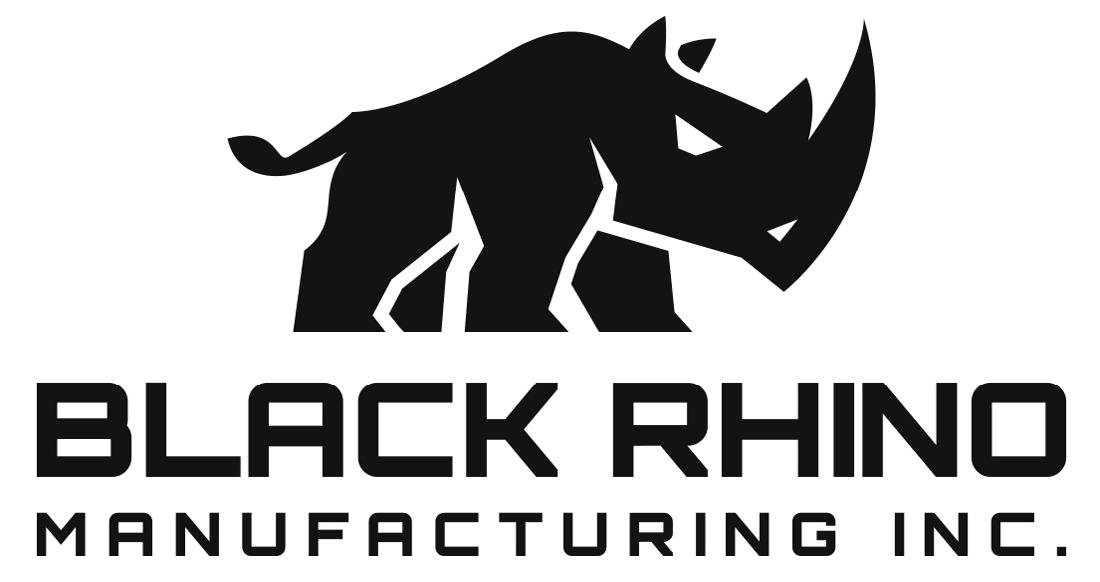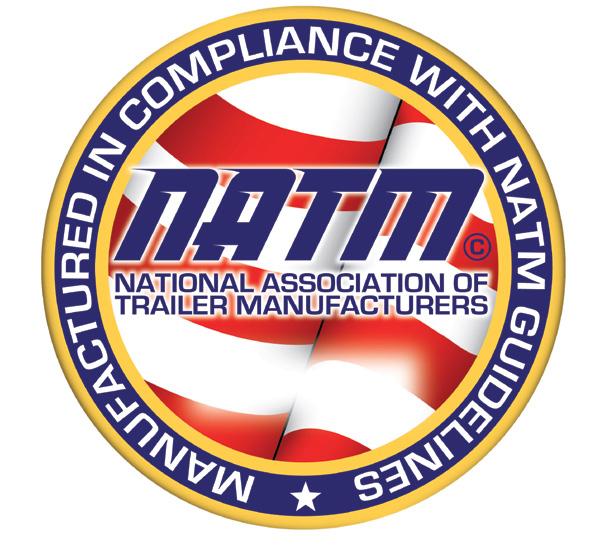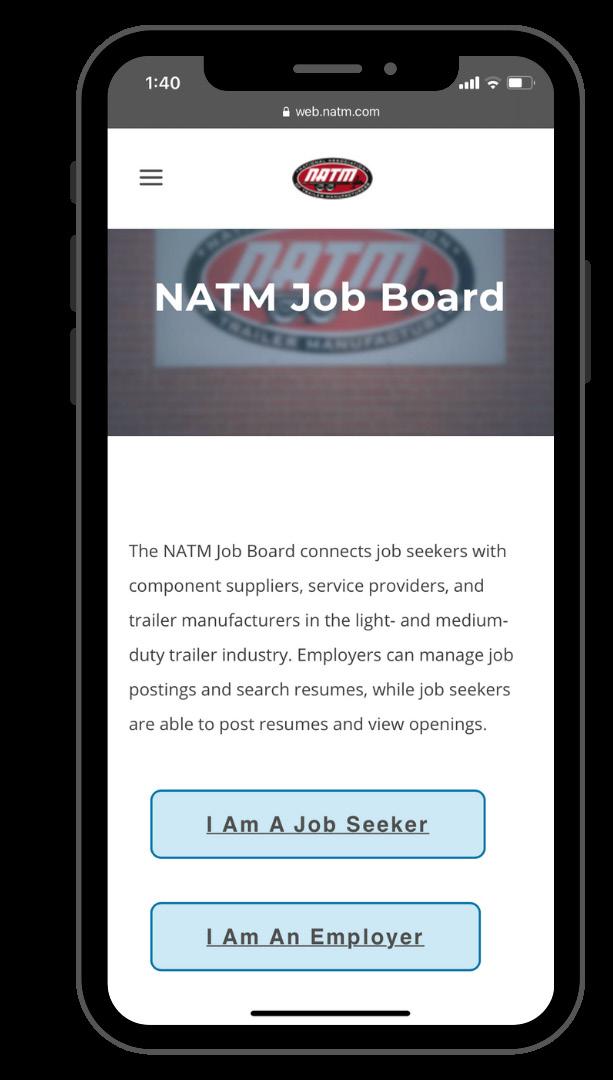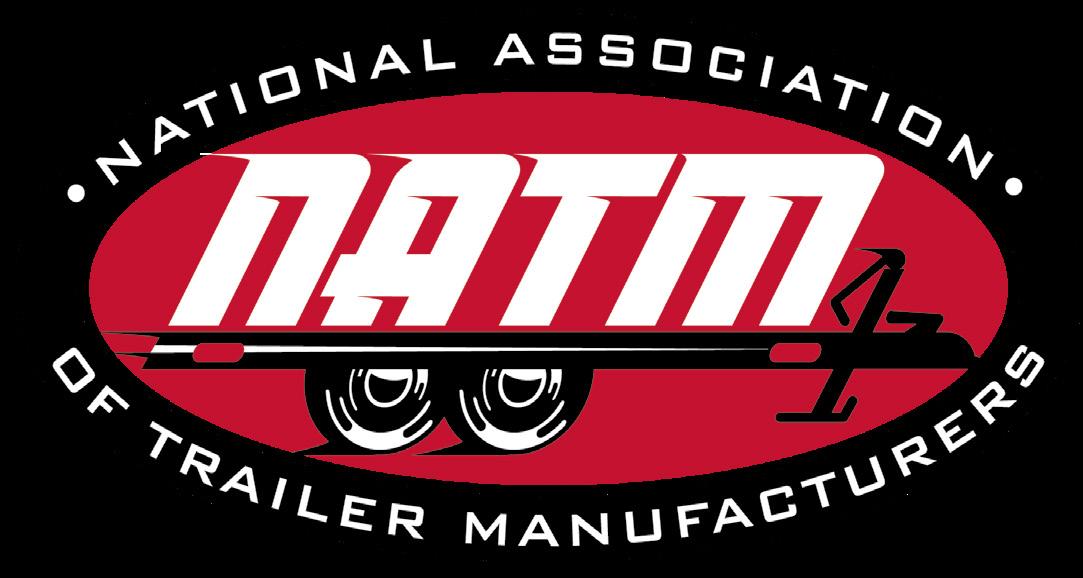How Can Manufacturers Become More Agile in a Post-COVID-19 World?
Tracks
How Can Manufacturers Become More Agile in a Post-COVID-19 World? By Bruce Albrecht, Vice President of Innovation and Technology, Miller Electric Mfg. LLC
From supply chain disruption to production delays, 2020 brought a new host of challenges for manufacturers. While many companies have continued operations through the disruption caused by COVID-19, it’s been far from business as usual. What does a post-pandemic world look like for manufacturers? Many operations will look for ways to streamline or improve agility in people, equipment, and the supply chain. The World Economic Forum, in a recent white paper about rebounding from the COVID-19 pandemic by improving resilience in manufacturing and supply systems, concluded that key imperatives to ensure long-term success include rapid tailoring of manufacturing and supply systems to changing customer behavior; agile manufacturing and supply system setups enabled by advanced technology; and adoption of new ways of working to increase manufacturing resilience. “During the crisis, companies that were able to respond quickly due to a flexible and agile setup had a clear advantage,” the report states. In today’s economic environment, it’s important to be productive even with varying demand and to have the ability to adjust manpower and machinery capital to include deployment in other parts of the factory based on product mix and customer demand within challenging economic cycles. It’s also key to utilize labor and equipment solutions that maximize value-added activities and minimize non-value-added activities (such as
80
setup time) and quality problems that include scrap, rework, and grinding for metal fabrication and welding. Metal fabrication and welding are key parts of many manufacturing operations—and an area where companies can find efficiencies that contribute to improved productivity and flexibility overall. Consider these three factors that can help manufacturers optimize their welding operations in the current environment. Factor 1: Adjusting to Labor Needs The ability to bring in new employees easily and move people within the operation as needed helps manufacturers become more agile. Agility in the welding operation is increasingly important due to the shortage of skilled welders. The American Welding Society (AWS) estimates there will be a shortage of nearly 400,000 welders by 2024, making production capacity harder to maintain for manufacturers. Welding is a highly diversified field, but one commonality across processes is that it’s highly dependent on hand-eye coordination. It’s important to have employees who are confident in their skills, and manufacturers can do their part by providing technologies that help operators maximize their performance with greater visibility and a wider operating window of the technique used when welding. Some examples include:
Integrating the many aspects of the manufacturing operation using a data-centered approach can help companies optimize production and control costs. Tracking and analyzing weld data plays an important role in this process. March/April 2021
www.NATM.com
